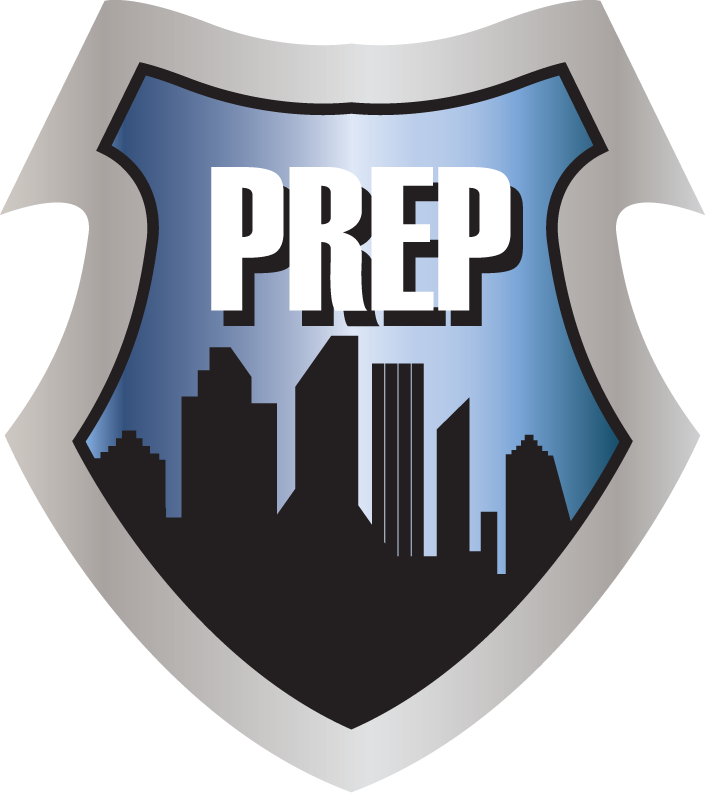Energy Efficiency In Assisted Living Facilities
 The best energy efficiency is imperative, and it can be relatively simple in assisted living, eldercare and medical facilities. Certainly, there’s a very important demand for comfort and care, but there are also budgetary concerns to consider, income goals for the property or business, and long term plans to meet. When speaking about energy efficiency, Nursing Home and Assisted Living facilities are especially vulnerable because the money spent there can have an immediate influence on the quality of life for the occupants of that facility. A good quality of life affects many areas of the eldercare facility, and impacts the outside opinions and perceptions as well.
The best energy efficiency is imperative, and it can be relatively simple in assisted living, eldercare and medical facilities. Certainly, there’s a very important demand for comfort and care, but there are also budgetary concerns to consider, income goals for the property or business, and long term plans to meet. When speaking about energy efficiency, Nursing Home and Assisted Living facilities are especially vulnerable because the money spent there can have an immediate influence on the quality of life for the occupants of that facility. A good quality of life affects many areas of the eldercare facility, and impacts the outside opinions and perceptions as well.
- Losing money through excessive utility costs must be make up in other areas. These costs don’t exist in a vacuum: if utility costs are too high, it means there will be quality of life cuts, safety cuts, staff cuts, or just general cost cutting measures having a significant impact on both the employees of the facility and those that rely on it for their day to day living experience. You are throwing away money that could be more wisely invested in other areas that may have direct benefits for all parties involved if your facility isn’t energy efficient,
- The ENERGY STAR program is about a strategy for upgrading the building operating efficiency. Green lighting systems dramatically improve resident comforts, and reliable lighting technologies help achieve optimal light levels and maintain or improve lighting quality. Participants across the country average a 48% reduction in lighting related energy use. The average building ventilation system is 38% larger than necessary. Considering that the ventilation systems can account for up to 30% of the energy use in a building, there is a huge potential for savings.
- Higher standards mean higher income and profit, reduced illness of residents, and higher value overall. We’re also addressing key areas such as proper wiring, door and window condition, and overall improvements to safety and quality of the facilities when we talk about energy efficiency standards. Improving your efficiency can even mean increasing insulation, thus cutting down on your energy costs while providing greater environmental comforts. Often people equate cheap with “making more money,” but the opposite is true.
There’s no doubt that improving your efficiency will have direct short and long term results that are quite tangible when you’re reviewing your monthly and annual costs per your operating budget, but what are some of the real world executions of an energy efficiency plan?
- A cleaner, safer and healthier environment.
- Improvements to your HVAC, plumbing and electrical systems.
- Repair or replacement of windows and doors, as well as upgraded insulation.
- Enhanced safety measures for residents do save money in the long run.
By focusing on energy efficiency, it is very possible to give your residents more while paying less. Enhanced safety features ultimately provide a good ROI. It’s easy to consider which option makes more sense, when you compare the costs of becoming energy efficient against those of continuing to lose money on utility costs. If full occupancy is important, and needed, consider how many additional residents you may be able to attract to an assisted living / elder care facility that has upgraded lighting, electrical systems, and heating / cooling systems.
For the best strategy on energy efficiency, work with a skilled contractor that has experience in providing on-budget, effective energy efficiency solutions.
Author: Dick Wagner





